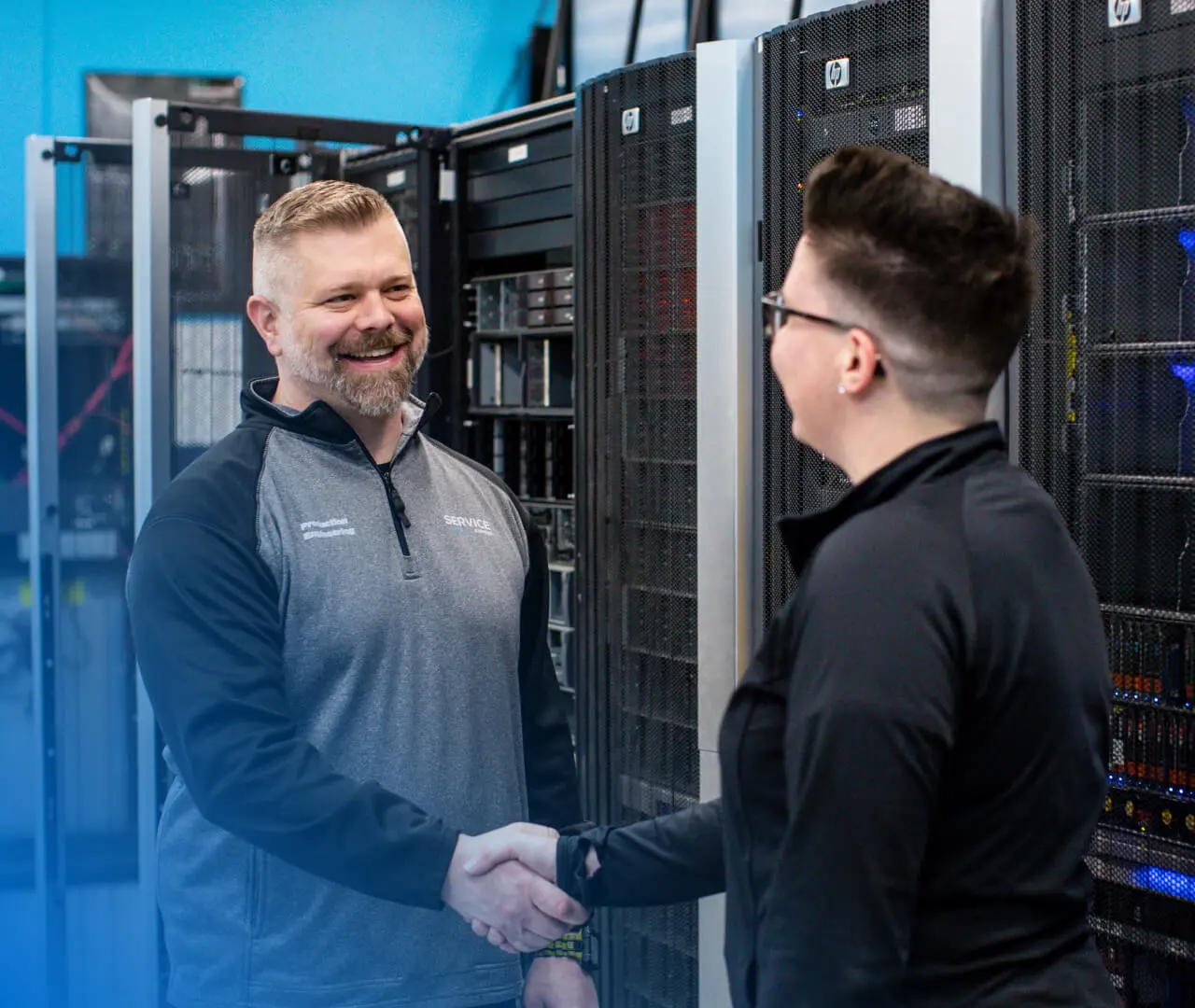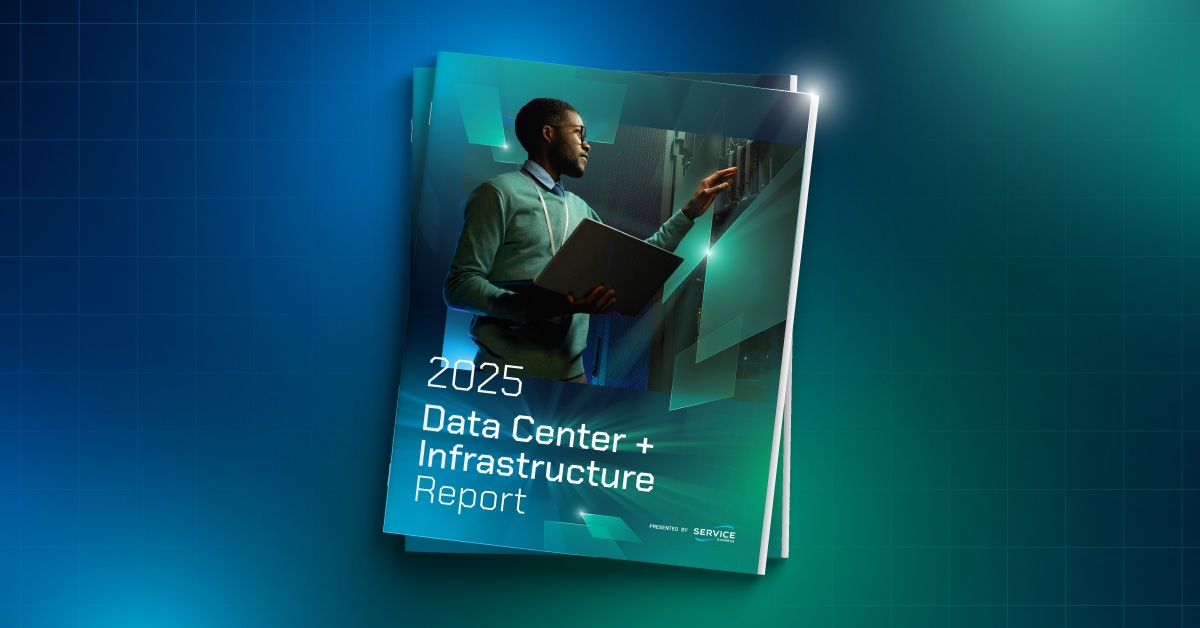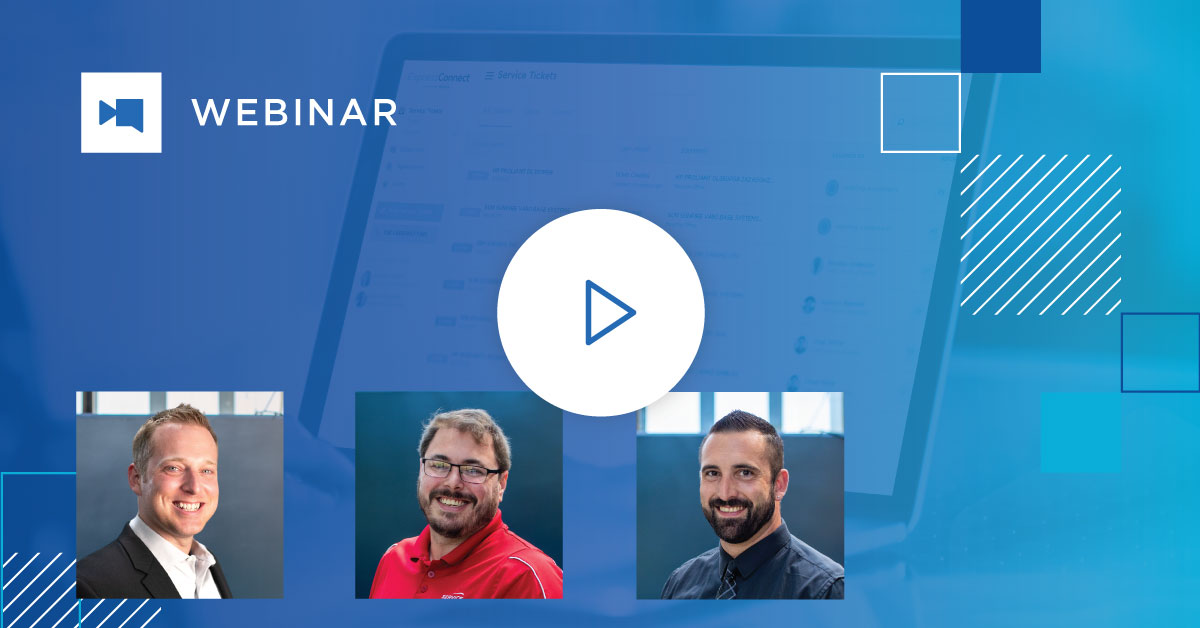What is third-party data center maintenance?
Third-party maintenance (TPM) is an alternative to OEM server, storage and network equipment support. TPM is often an option to extend the life of data center equipment instead of undergoing a hardware refresh or paying for costly post-warranty OEM support.
What is OEM maintenance?
To better understand third-party data center maintenance, let’s start by looking at OEM maintenance. OEM hardware maintenance is the traditional default for most data center hardware. OEM maintenance typically comes with the purchase of new hardware, but how is it different from TPM?
Comparing TPM and OEM maintenance
OEM maintenance
1–3-year warranty with the purchase of new hardware and options to purchase extended post-warranty support
Multiple SLA options, including 24/7, Same Business Day, Next Business Day, etc.
Access to software and firmware upgrades (may include an additional charge)
Third-party maintenance (TPM)
Various post-warranty support timeframes, including 3, 6, 12 and 24 months and beyond
Multiple SLA options, including 24/7, Same Business Day, Next Business Day, etc.
One maintenance agreement for multivendor hardware support with flexible terms
All parts included in maintenance contract
Access to software and firmware upgrades (subject to OEM terms and determined on a case-by-case basis)
What are the advantages of TPM?
Optimize your CapEx and OpEx spend by saving 30–70%
Adjust hardware coverage to accommodate changing business needs
Gain control of your hardware refresh cycle to align with optimal timing and budget cycles
Quick onsite response and faster resolutions to decrease downtime
No phone trees or outsourced call centers
How hardware refresh cycles impact your support options
The life cycle of your equipment is a key factor in evaluating your maintenance strategy. For example, if your storage array is past its OEM warranty but is meeting demands, there’s no urgent need to purchase new hardware. TPM may be the best option in this scenario. When equipment approaches End of Life (EOL) or End of Service Life (EOSL), it’s common for OEM post-warranty support costs to skyrocket. You’re often left with the decision to purchase new hardware and start the cycle over again or seek alternative maintenance solutions, such as third-party support.
In direct contrast to the OEM, third-party maintenance providers can ensure your hardware remains up and running, even past its EOL or EOSL date, without increased costs.
See what support options are available for each life cycle stage
General Availability
New equipment is introduced and made available to consumers. OEM warranties are typically sold with the equipment and vary in timeframes between 1–5+ years.
Support options:
- Third-party maintenance may be an option if additional support is needed.
End of Life (EOL) / End of Sale (EOS)
Manufacturers begin sending EOL alerts for equipment. This means the OEM no longer produces, markets or sells the equipment. At this point, firmware, patches or upgrades are reduced.
Support options:
Action:
- Connect with a third-party maintenance provider if you have immediate concerns regarding bug fixes, security, performance, etc. Third-party software maintenance may be a good fit if firmware or microcode is freely available.
- Evaluate your immediate and long-term infrastructure strategy. Just because your equipment has approached the EOL milestone doesn’t mean it’s time for a hardware refresh. Your hardware will continue performing well beyond the 6-year lifespan. Consider a third-party maintenance provider to help you extend the life of your equipment and save critical budget dollars.
End of Development (EOD) / End of Service Life (EOSL)
Manufacturers no longer produce, develop, update or support the equipment.
Support options:
Action:
- Take the time to determine if a hardware refresh is the best decision for your business needs. If your equipment is meeting immediate compatibility, capacity and reliability needs, consider delaying a hardware refresh to extend the life of your investment.
Third-party maintenance extends the working life of your equipment, provides data center service and parts and maximizes your initial investment. You can keep your hardworking storage library for months or years without paying premium rates or risking downtime.
Steps to select the best maintenance option
STEP 1
Review how each data center support option impacts your data center needs and performance.
STEP 2
Assess the support needs of your server, storage and network equipment. Then, factor in downtime costs, service quality and business objectives.
STEP 3
Talk to your OEM and TPM representatives to gather additional customer service details and quotes before deciding on your next maintenance solution.
Topics:




